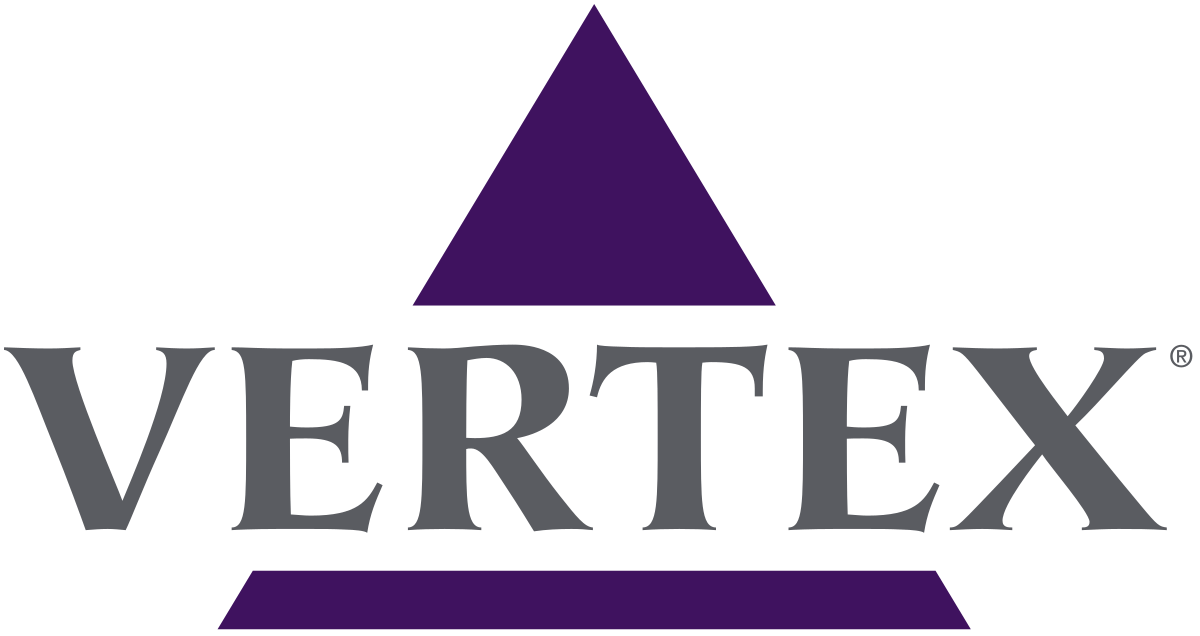Imaging Risk Playbook: Endpoint Protection
How to avoid deviations, protect data, and keep trials on schedule.
Get the Free Ebook
Close gaps, plan proactively, and build an imaging strategy that stands up to real-world execution and regulatory scrutiny.
100% On-Time • 80% Less Patient Travel • 70% Fewer Dropouts
Trusted across 40+ trials, 85,000 exams, and leading partners.





Instant PDF • 8–12 min read • No Spam
We’ll email the PDF and follow-up resources.
Unsubscribe anytime.
.jpg?width=1080&height=1080&name=1%20(18).jpg)
LEARN HOW TO...
-
Prevent protocol drift with harmonized imaging workflows across sites.
-
Reduce screen-fail surprises with tighter BCVA/OCT standards.
-
Keep timelines intact by eliminating off-site imaging travel drag.
-
Ship audit-ready data with real-time QA and certified staff.
-
"Imaging instruments are costly and require precision in their use. It's important to be proactive in creating an imaging strategy to not only have a plan in place but to work with a reliable, skilled team with a proven track record in producing high-quality images within study timelines. This strategic forethought will result in improved consistency and quality across all sites."
- Dr. Katherine Harkins, Director, Optometry, 20/20 Onsite
Trusted by leading sponsors, CROs, and sites
Point of Need
100%
Screening timelines met across all business operations.
Data Integrity
98%
Data accuracy submission rate.
Patient Retention
91%
Patient retention rate vs industry standard 70%.
Patient Centricity
95+
Patient NPS score.
Ocular Endpoint Protection Starts with the Right Strategy.
How 20/20 Onsite can help:
-
Strategic Assessment - Comprehensive evaluation of your trial's imaging requirements, endpoint specifications, and regulatory pathway to identify optimal solutions.
Execution Excellence - Certified imaging staff, standardized protocols, and real-time quality assurance that deliver consistent, audit-ready data across all sites.
Proven Results - Track record of meeting 100% of screening timelines, decreasing patient dropout by 70%, and delivering data that withstands FDA scrutiny.
